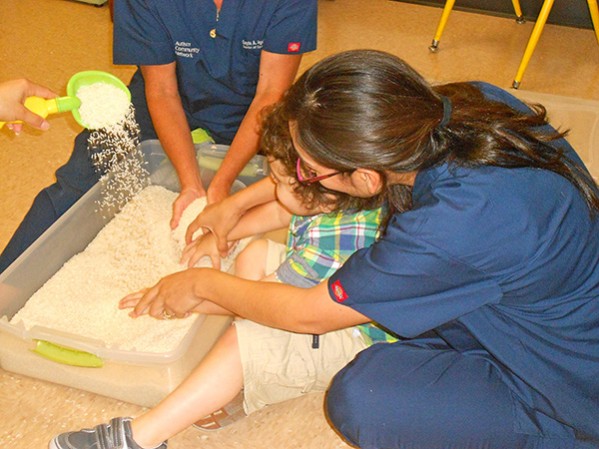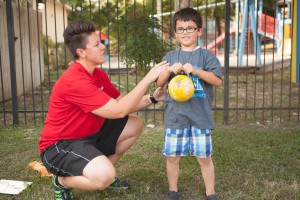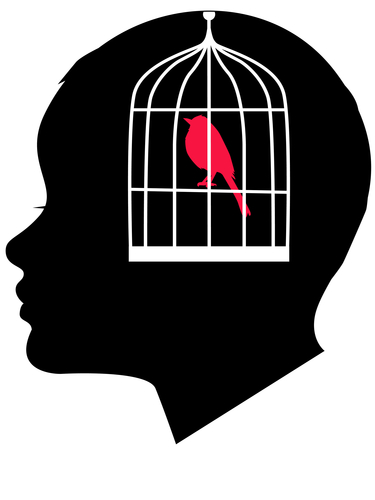Social (Pragmatic) Communication Disorder
Social Communication Disorder is marked by difficulties with pragmatics—aka practical everyday use—or the social use of language and communication. Therefore, SCD is concerned with an individual’s use of verbal and nonverbal social communication in everyday life.
The condition is of particular interest to individuals with Aspergers or HFA.
In the DSM-V, it specifically states that individuals who have marked deficits in social communication but whose symptoms do not otherwise meet the criteria for autism spectrum disorder (ASD) should be evaluated for social (pragmatic) communication disorder.
A graduate of Abilene Christian University, Jennifer had a long career in TV Broadcasting. Upon learning her oldest son Sam had a form of Autism called Asperger’s Syndrome, she left her career and became a full-time mother to both of her sons. Jennifer elicited the participation of her family and together they produced several independent programs including a children’s animated series titled Ameriquest Kids, as well as a documentary and book titled, Coping to Excelling: Solutions for School-age Children Diagnosed with High-Functioning Autism or Aspergers Syndrome. She formed the nonprofit Asperger101 to provide on-going free resources related to ASD at Aspergers101.com and has implemented the Texas Driving with Disability Program and continues to grow the statewide initiative today. She and her husband have recently retired to their property in the Texas Hill Country.







